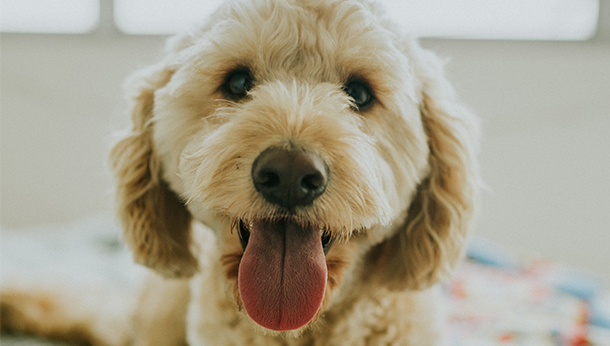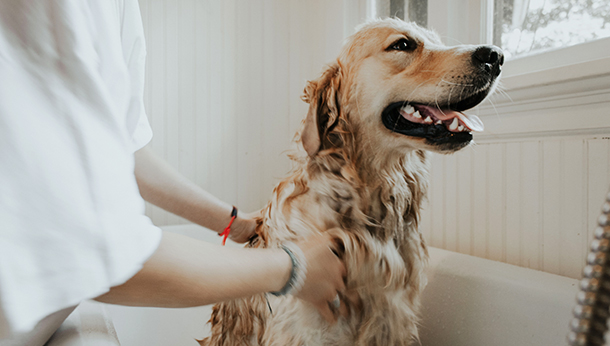Unfortunately, glorious sunshine can have some ugly consequences if we’re not careful. At this time of year, heatstroke is more common in pets than we’d like it to be. So in order to keep them happy and healthy this summer, make sure you’re aware of the risk of heatstroke – the symptoms, prevention and how to act fast if the worst should happen…
The Signs:
Symptoms of heatstroke can include:
- Fast, heavy breathing or panting
- A bright red tongue
- Sticky gums
- Excessive drooling
- Vomiting
- Pressing their head to the wall
- Circling
- General restlessness
- Dizziness – they may appear lethargic, drowsy or slow
Prevention:
If you’re alert at all times, heatstroke is easy to avoid. At home or out in the garden, ensure that your pets have access to somewhere cool, as well as to clean, fresh and cool drinking water at all times. Your pets aren’t aware of the dangers like we are, so during the hotter parts of the day (when there is less shade outside) consider bringing them indoors to a well-ventilated area so they can cool off. Likewise, avoid walking your dogs during the hottest parts of the day and when you do go out for a walk, avoid concrete, gravel, asphalt – they reflect heat and can be hot enough to cause issues with your pet’s footpads.

Remember to NEVER, EVER LEAVE YOUR DOG ALONE IN THE CAR! Cars can become dangerously hot very quickly – even if the windows have been left slightly open. The same can be true of conservatories.
If you’re not at home, whether you’re out for the day or you’ve gone on holiday, the same rules apply. You might have to work a little harder, but make sure that your dog has access to shade at all times. Bring water out with you and give it to your dog at regular intervals throughout the day.
Remember that if you’ve gone somewhere unfamiliar to your dog, full of sites, smells and people that can distract and excite them, they are probably likely to dehydrate faster than on a normal day as they will use up more energy.
When heading out with your dog, remember to bring the essentials:
- Food
- Water
- Bowl
- Lead
- Poo Bags
- Wipes
- Towels or Blankets
- First Aid Kit
- It’s also really handy to ensure their microchip has been checked recently. Perhaps ask your vet to do this at your annual check-up.
If your pet shows signs:
Try not to panic, act fast but remain calm.
1. Move your pet to a cool, shaded area.
2. Douse them with cool water. Do not use freezing cold water as this can send them into a state of shock. If possible, wet their fur and encourage this to evaporate, with a fan, for example – though it’s best not to soak the fur.
3. Offer them small amounts of water – again, cool but not too cold. Little and often is the key.
4. Alternate between points 2 and 3 until the animal’s breathing begins to appear normal. Remember: you don’t want them to be too cold.
5. You may find your pet cools down and returns to normal quickly but if not, and especially if you’re worried, call your vet urgently.

Heatstroke can be fatal in pets so it really is important that as owners, we stay alert and keep one eye on our four-legged friends at all times! It’s true that certain dog breeds will be at a higher risk (old or young dogs, dogs with shorter noses e.g. brachycephalic breeds and of course, thick, bushy or long fur) but really, when the weather is stifling hot and they are spending more time outside than they’re used to, all dogs and cats are at risk. Heavy coated pets can benefit from shorter haircuts in hot weather.
If you have any concerns or queries, contact us today!